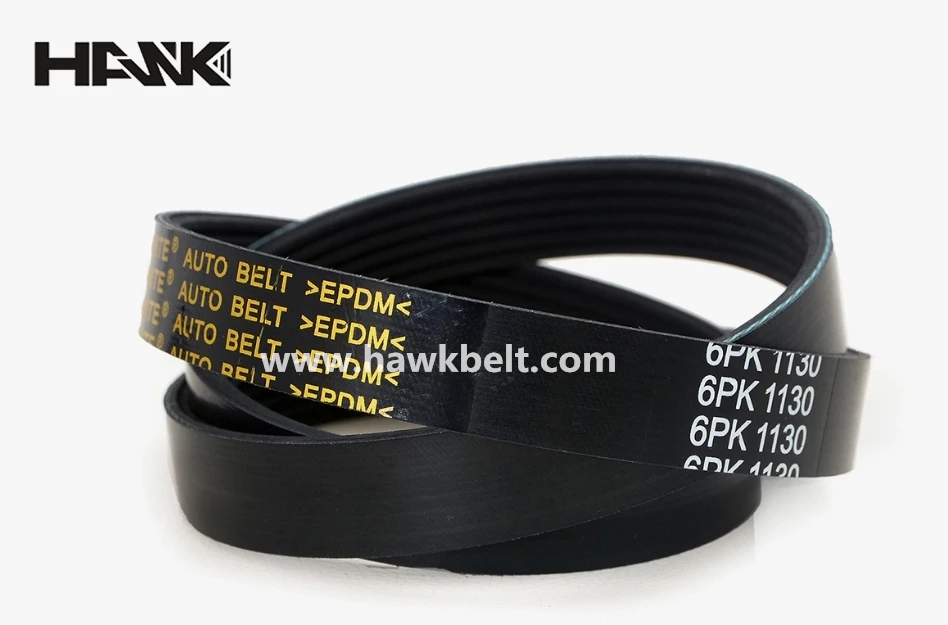- Arabic
- French
- Russian
- Spanish
- Portuguese
- Turkish
- Armenian
- English
- Albanian
- Amharic
- Azerbaijani
- Basque
- Belarusian
- Bengali
- Bosnian
- Bulgarian
- Catalan
- Cebuano
- Corsican
- Croatian
- Czech
- Danish
- Dutch
- Afrikaans
- Esperanto
- Estonian
- Finnish
- Frisian
- Galician
- Georgian
- German
- Greek
- Gujarati
- Haitian Creole
- hausa
- hawaiian
- Hebrew
- Hindi
- Miao
- Hungarian
- Icelandic
- igbo
- Indonesian
- irish
- Italian
- Japanese
- Javanese
- Kannada
- kazakh
- Khmer
- Rwandese
- Korean
- Kurdish
- Kyrgyz
- Lao
- Latin
- Latvian
- Lithuanian
- Luxembourgish
- Macedonian
- Malgashi
- Malay
- Malayalam
- Maltese
- Maori
- Marathi
- Mongolian
- Myanmar
- Nepali
- Norwegian
- Norwegian
- Occitan
- Pashto
- Persian
- Polish
- Punjabi
- Romanian
- Samoan
- Scottish Gaelic
- Serbian
- Sesotho
- Shona
- Sindhi
- Sinhala
- Slovak
- Slovenian
- Somali
- Sundanese
- Swahili
- Swedish
- Tagalog
- Tajik
- Tamil
- Tatar
- Telugu
- Thai
- Turkmen
- Ukrainian
- Urdu
- Uighur
- Uzbek
- Vietnamese
- Welsh
- Bantu
- Yiddish
- Yoruba
- Zulu
nov . 27, 2024 01:11 Back to list
Alternator Belt Replacement Tips for Optimal Performance and Longevity
The Importance of Belts in Automotive Alternators
When we think about the various components that make up a vehicle’s engine, we often overlook the significance of belts. Among these essential belts, the alternator belt holds a crucial role in maintaining the vehicle's electrical system. This article delves into the importance of the alternator belt, its functioning, and maintenance tips to ensure longevity and reliability.
Understanding the Alternator and Its Function
The alternator is a vital component of a vehicle's charging system. Its primary responsibility is to convert mechanical energy from the engine into electrical energy. This electrical energy is necessary for powering the vehicle's electrical systems, such as the lights, dashboard instruments, air conditioning, and ultimately charging the battery. The alternator does this through electromagnetic induction, which involves rotating a coil of wire within a magnetic field.
The alternator is not a standalone unit; it depends heavily on the alternator belt, often called the serpentine belt or V-belt, to function effectively. This belt connects the alternator to the engine's crankshaft. As the engine runs, the crankshaft spins the belt, and in turn, this rotates the alternator’s rotor, thus generating electricity.
The Role of the Alternator Belt
The alternator belt is crucial for ensuring the smooth operation of the alternator. If this belt were to fail, the alternator would not receive the necessary power to generate electricity. Without a functioning alternator, several immediate problems could arise. The battery would not charge, leading to potential failure to start the vehicle. Furthermore, without electrical power, essential systems like headlights and the ignition would also cease to operate.
The alternator belt is subject to a lot of stress and wear over time due to heat, friction, and exposure to various elements. Typically made from durable rubber, it can stretch, crack, or become worn out, which can reduce its effectiveness. Therefore, understanding the signs of a failing belt and undertaking regular maintenance is crucial for vehicle owners.
Signs of a Failing Alternator Belt
Recognizing the early signs of alternator belt failure can save drivers from unexpected breakdowns. Some common symptoms include
1. Squealing Noises A high-pitched squeal, especially when starting the vehicle, can indicate that the belt is slipping or worn out. 2. Battery Warning Lights When the alternator belt is not functioning properly, the battery warning light may illuminate on the dashboard, signaling that the battery is not receiving enough charge.
belt that goes on alternator

3. Dimming Lights If the vehicle's headlights or dashboard lights dim when idling or during acceleration, it could imply that the alternator is not generating sufficient power due to a faulty belt.
Maintenance Tips for the Alternator Belt
To ensure the alternator belt functions optimally and has a long service life, regular maintenance is essential. Here are some maintenance tips
1. Regular Inspections Periodically check the alternator belt for signs of wear and tear. Most mechanics recommend inspecting it during routine oil changes.
2. Proper Tension Adjustment Ensure that the belt is properly tensioned. A belt that is too loose can slip, while a belt that is too tight can cause extra strain on the alternator and associated components.
3. Replacement Most belts have a lifespan of around 50,000 to 100,000 miles. It’s prudent to replace the alternator belt proactively based on your vehicle’s specifications or if any wear is detected.
4. Check Other Components While inspecting the alternator belt, it’s also a good opportunity to check the other belts in the engine, as they may wear out simultaneously.
Conclusion
The alternator belt is a small yet critical component of your vehicle’s overall functionality. By understanding its importance, recognizing the warning signs of failure, and adhering to maintenance tips, drivers can ensure that their vehicles remain reliable and that all electrical systems function seamlessly. A little attention to this often-overlooked component can prevent significant inconveniences on the road.
-
Korean Auto Parts Timing Belt 24312-37500 For Hyundai/Kia
NewsMar.07,2025
-
7PK2300 90916-T2024 RIBBED BELT POLY V BELT PK BELT
NewsMar.07,2025
-
Chinese Auto Belt Factory 310-2M-22 For BMW/Mercedes-Benz
NewsMar.07,2025
-
Chinese Auto Belt Factory 310-2M-22 For BMW/Mercedes-Benz
NewsMar.07,2025
-
90916-02660 PK Belt 6PK1680 For Toyota
NewsMar.07,2025
-
drive belt serpentine belt
NewsMar.07,2025

